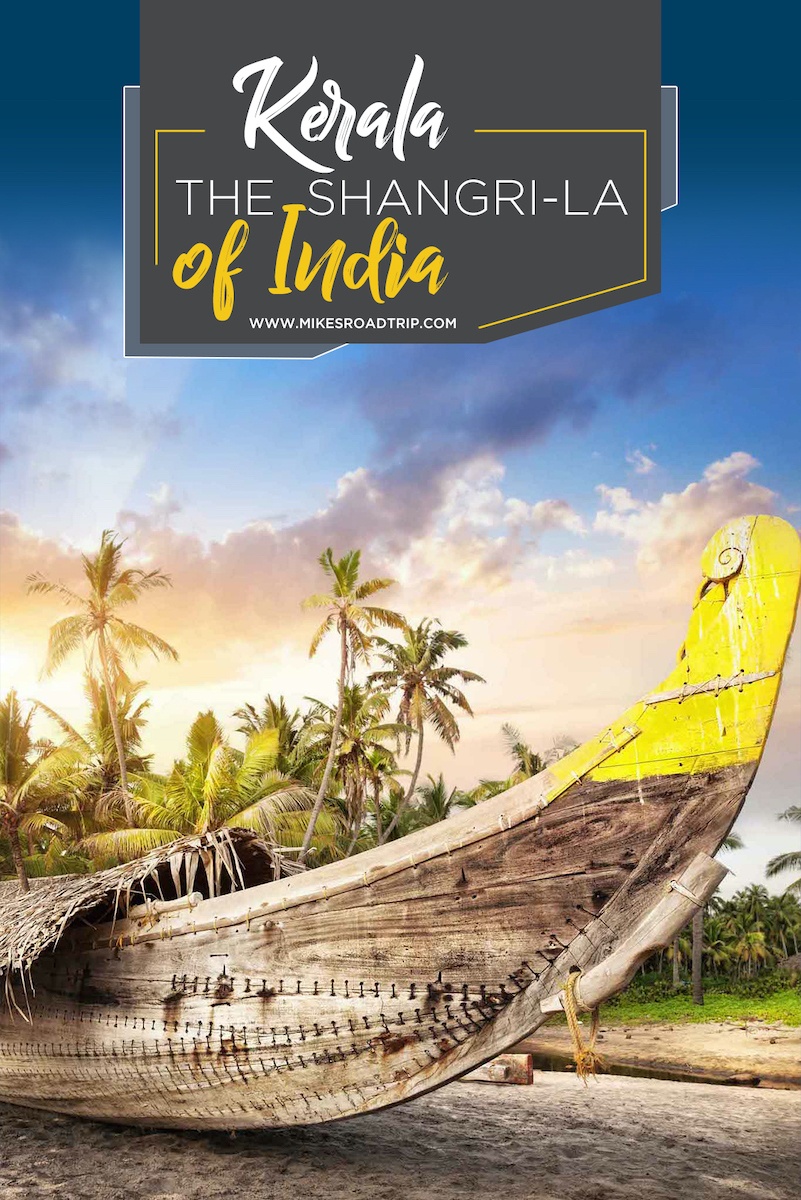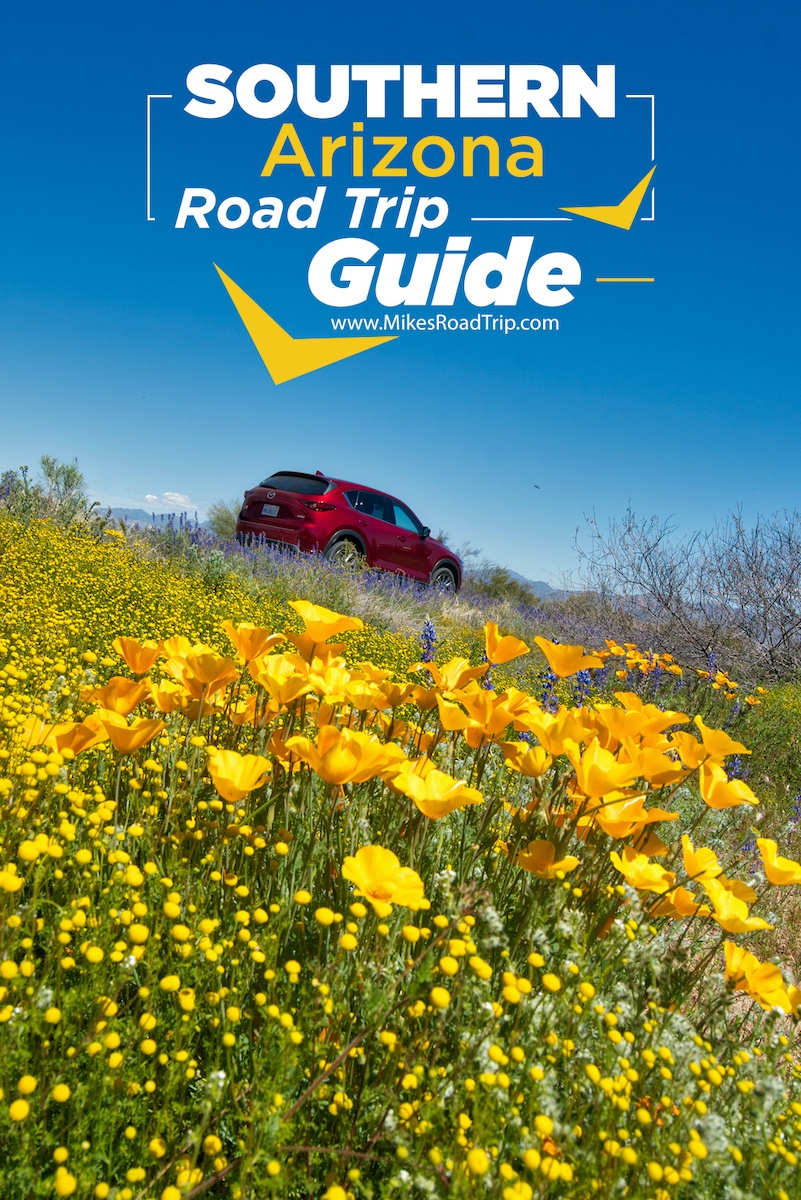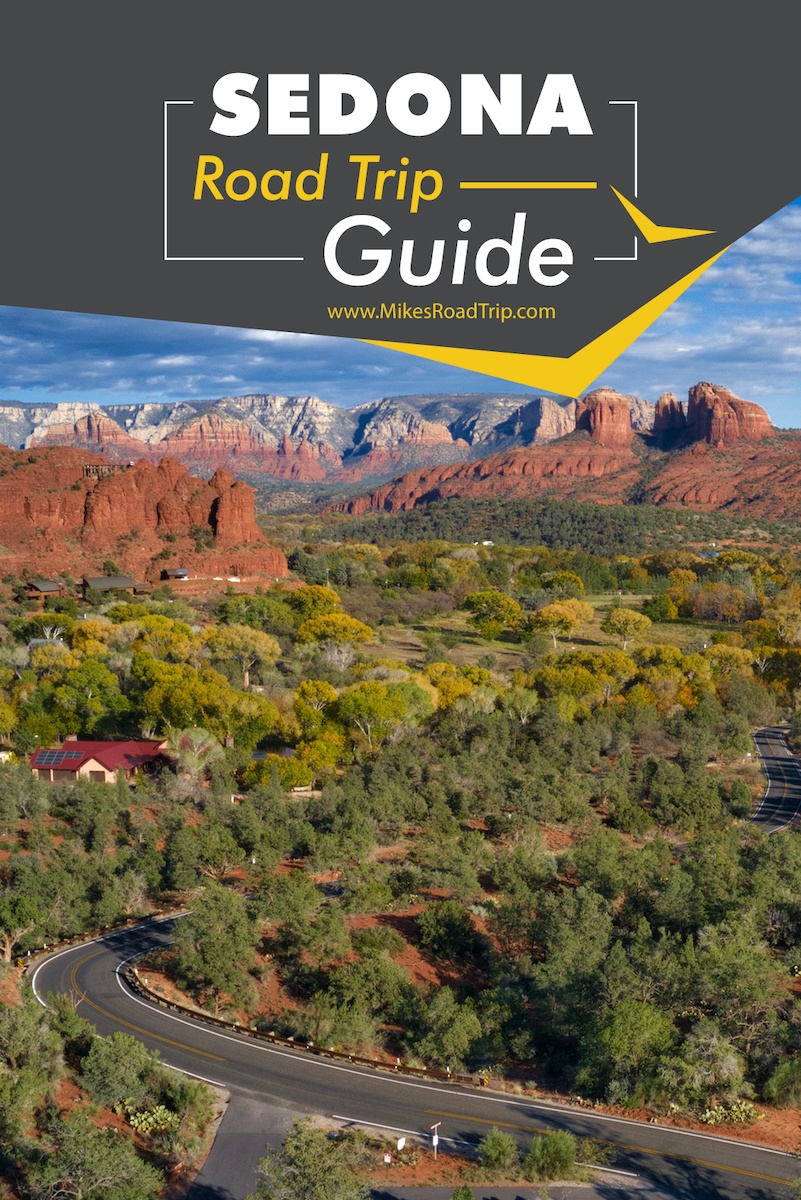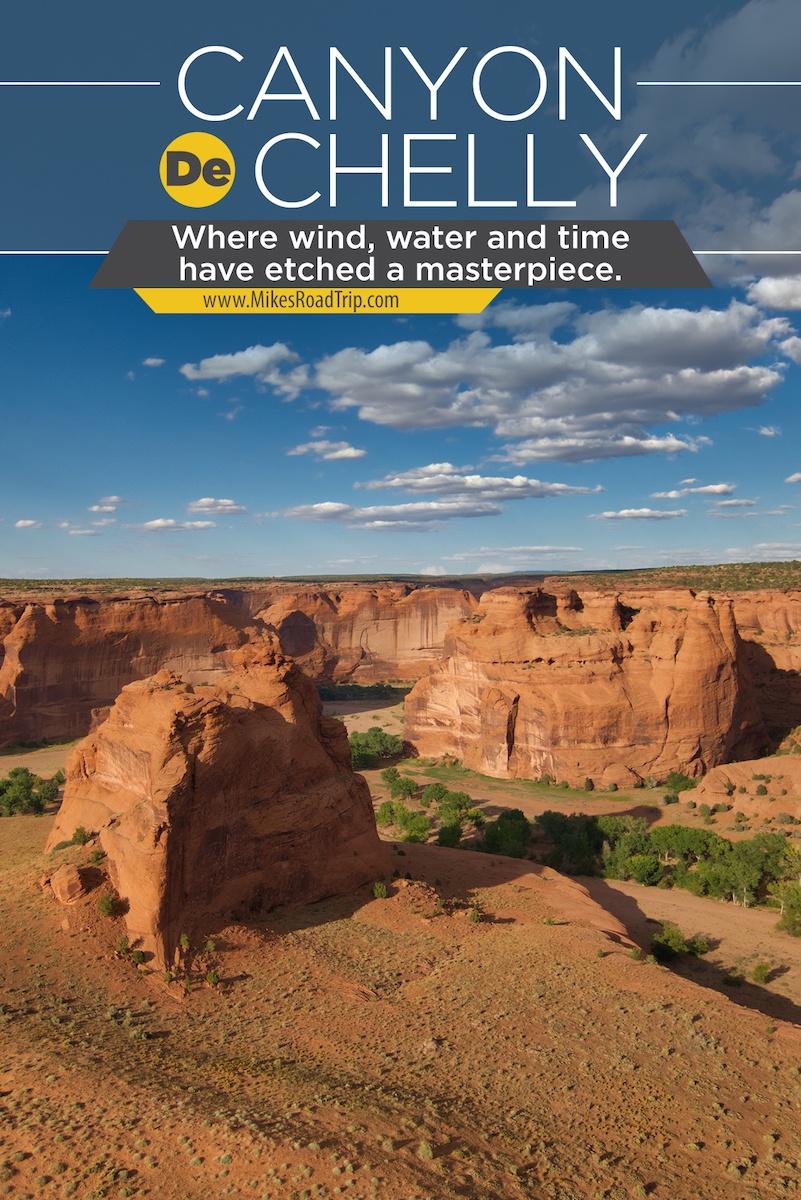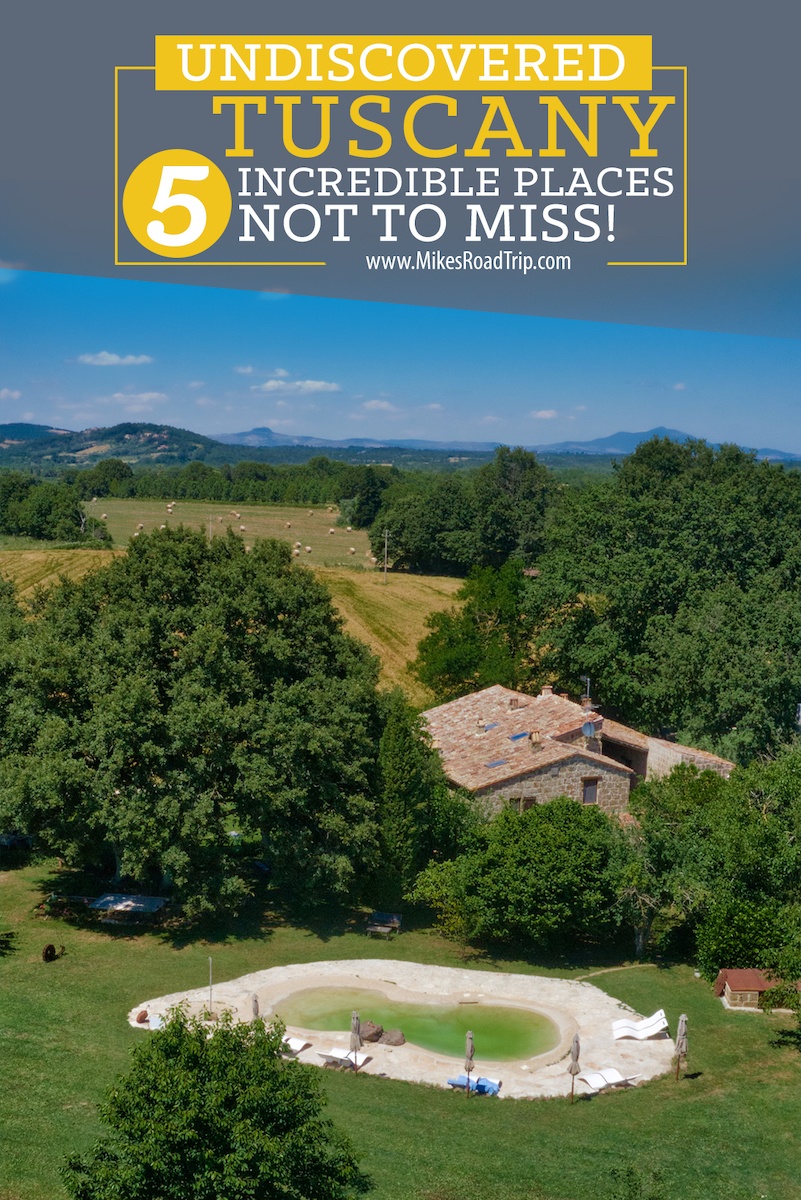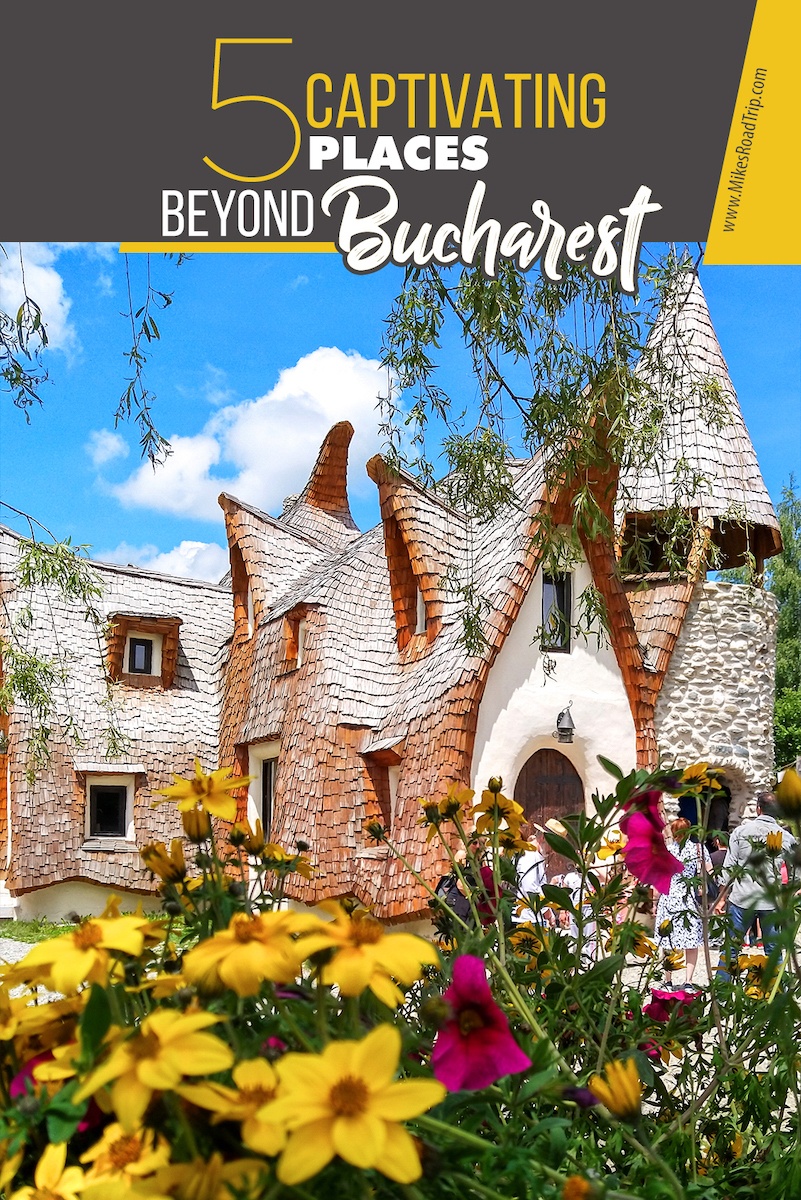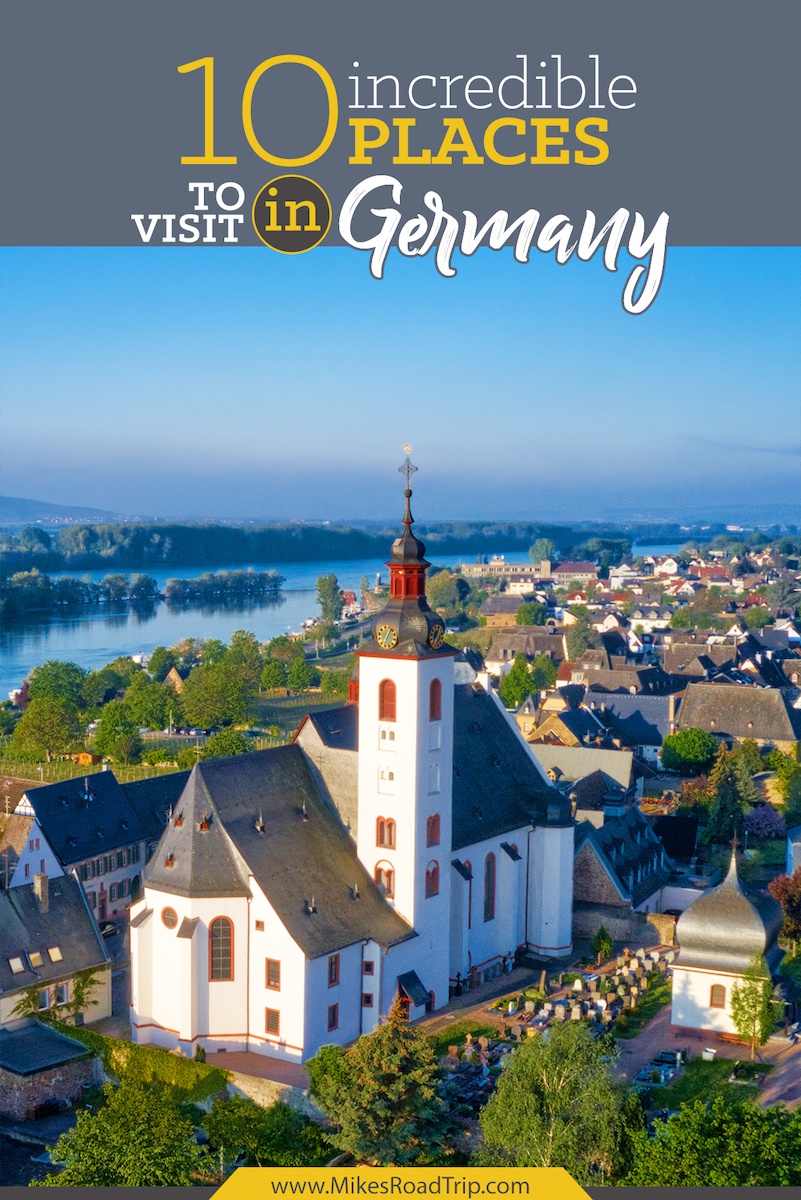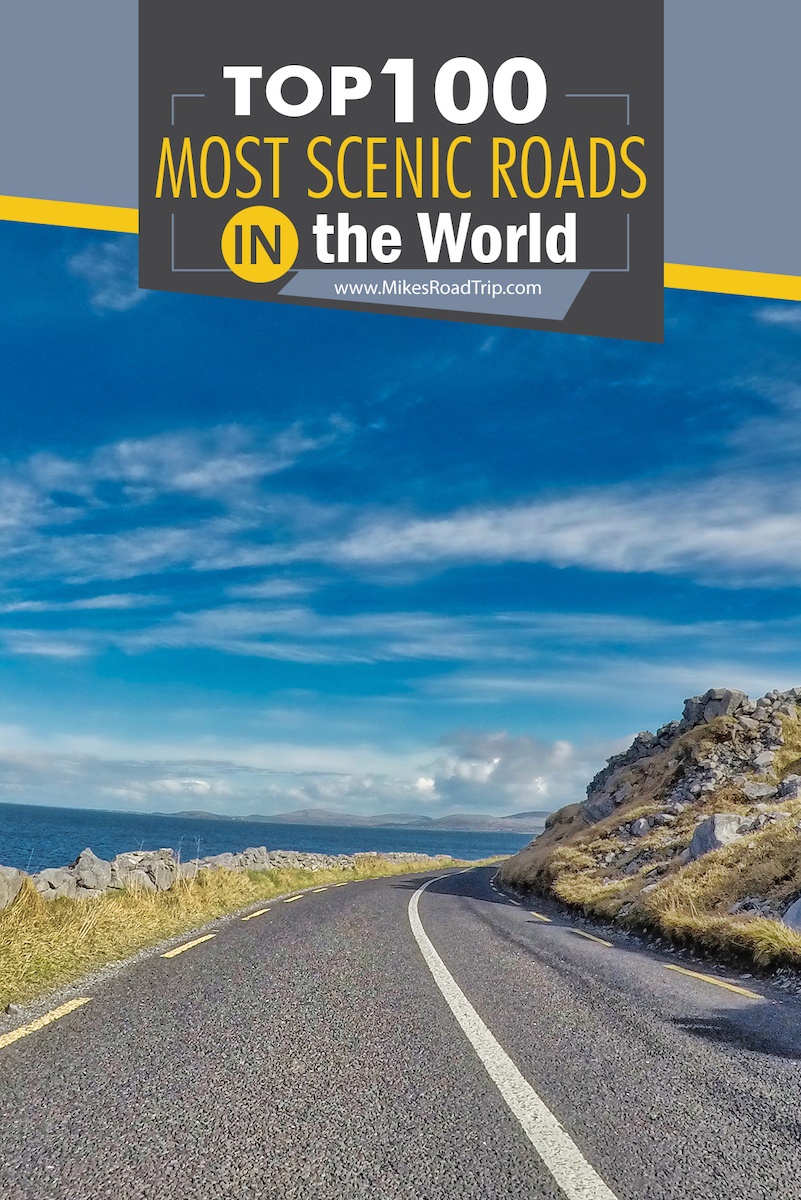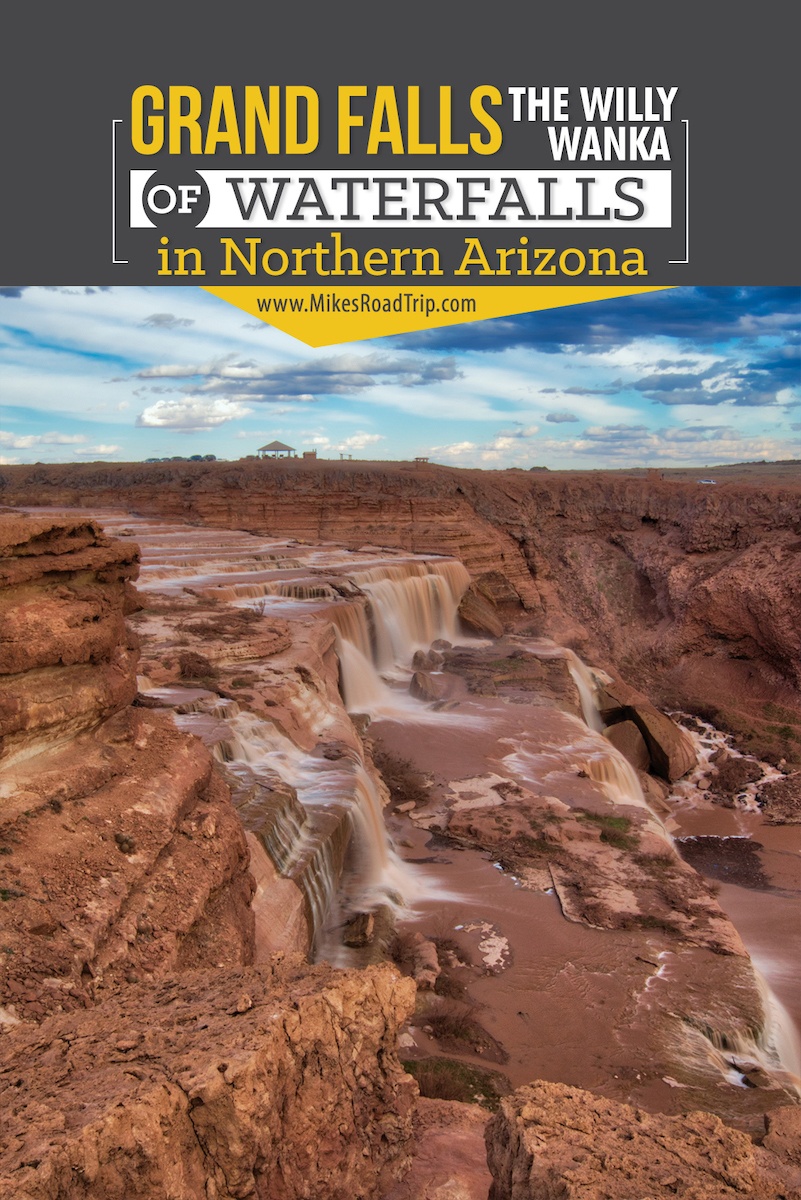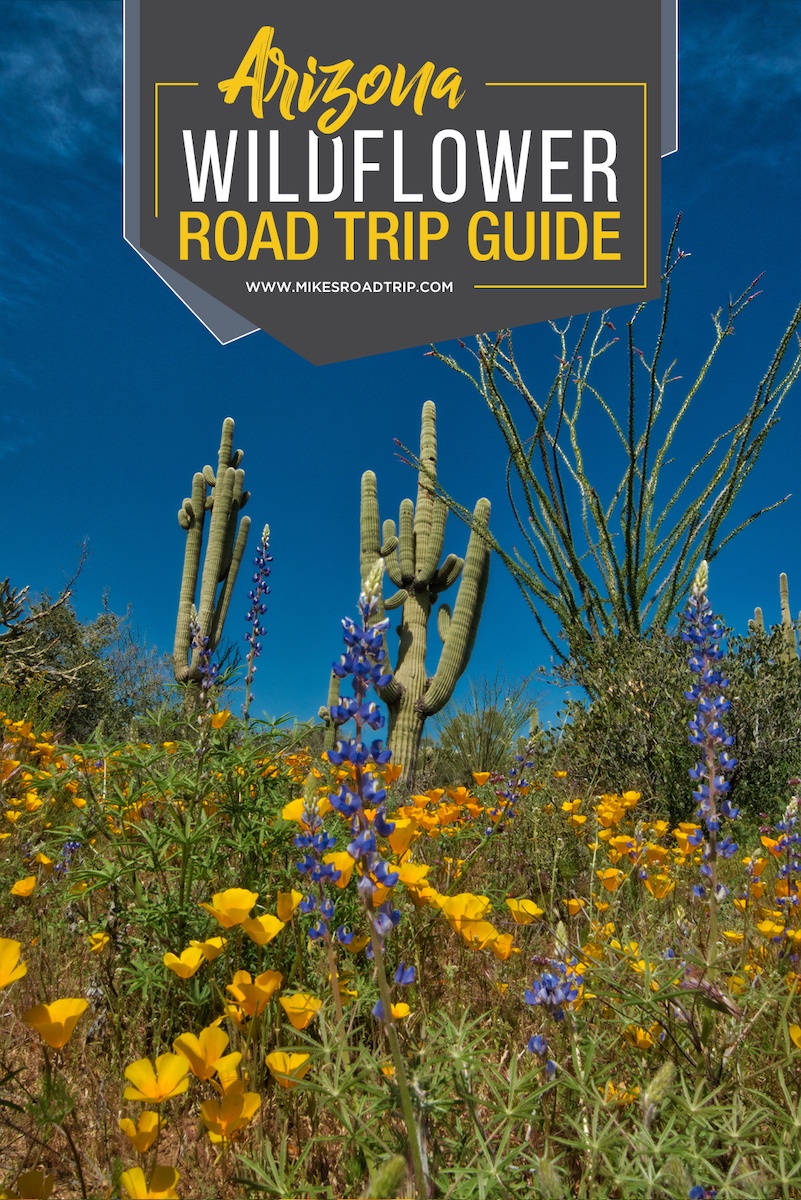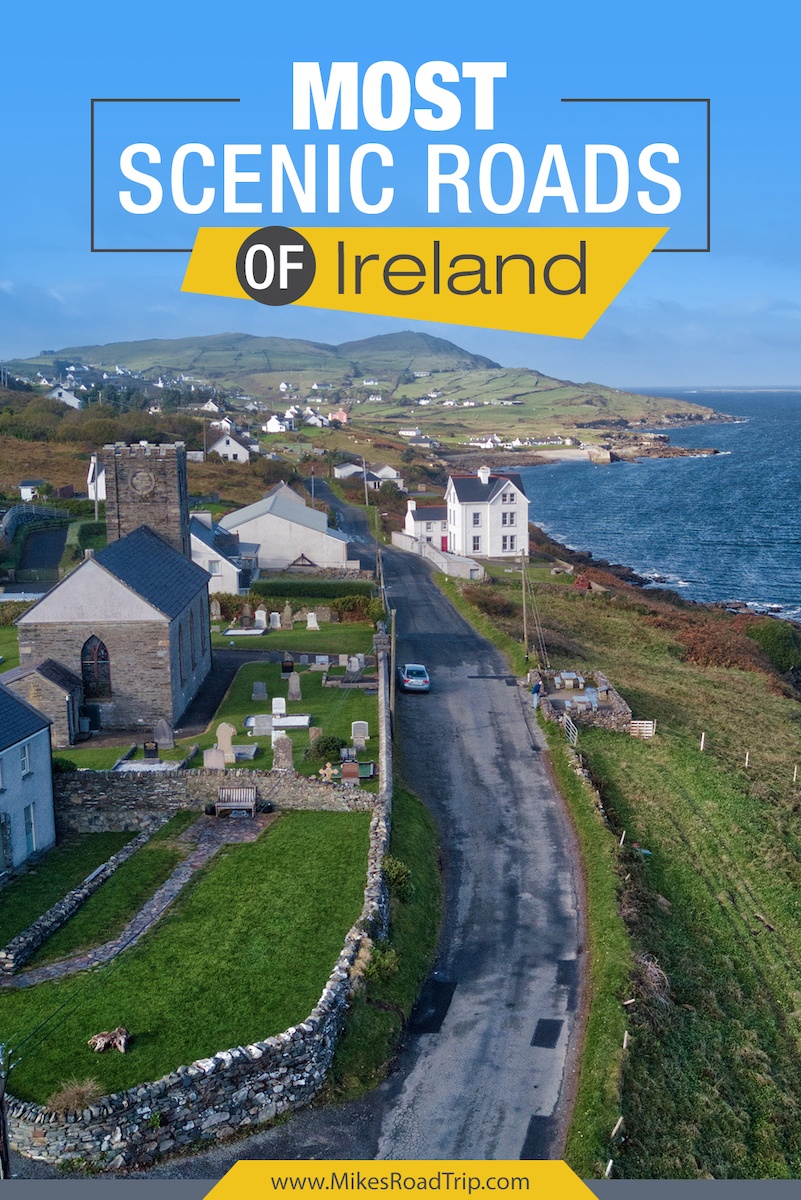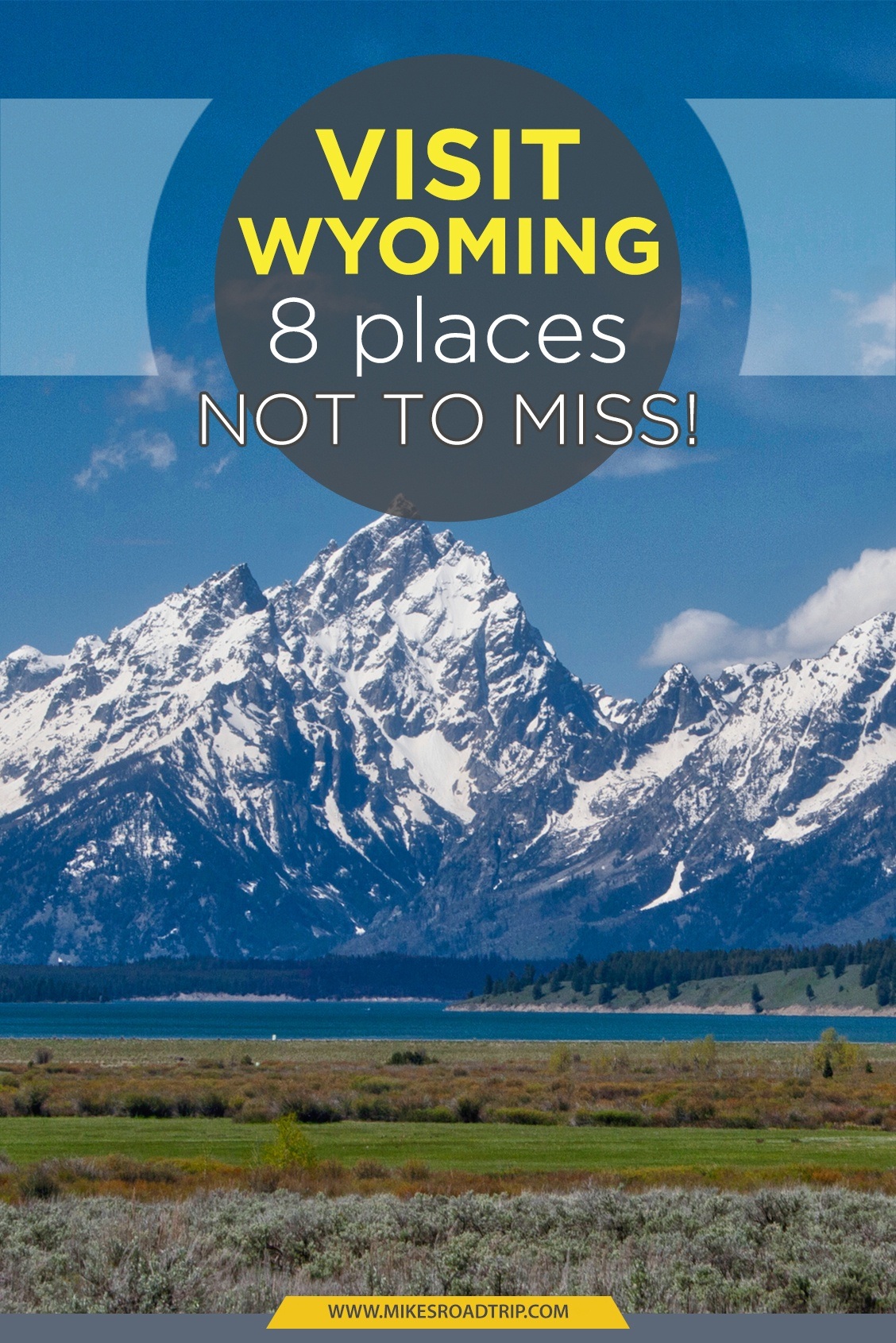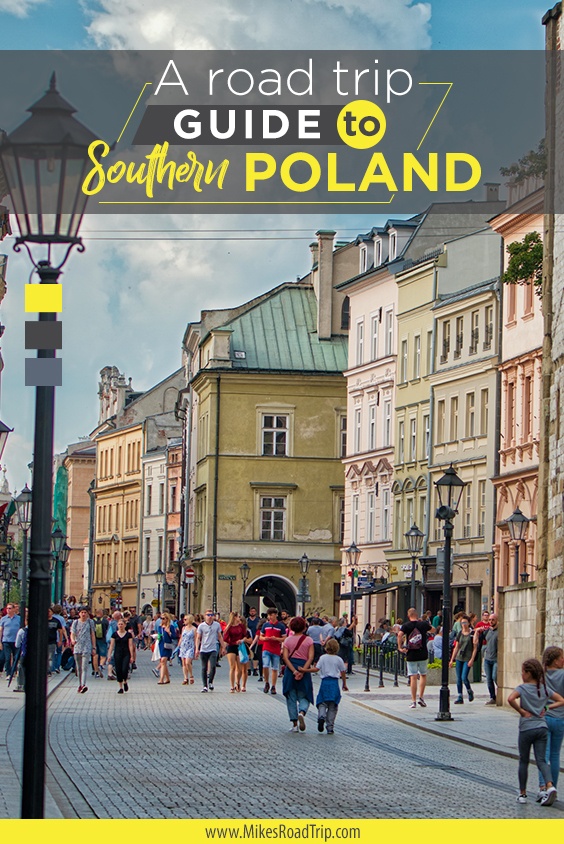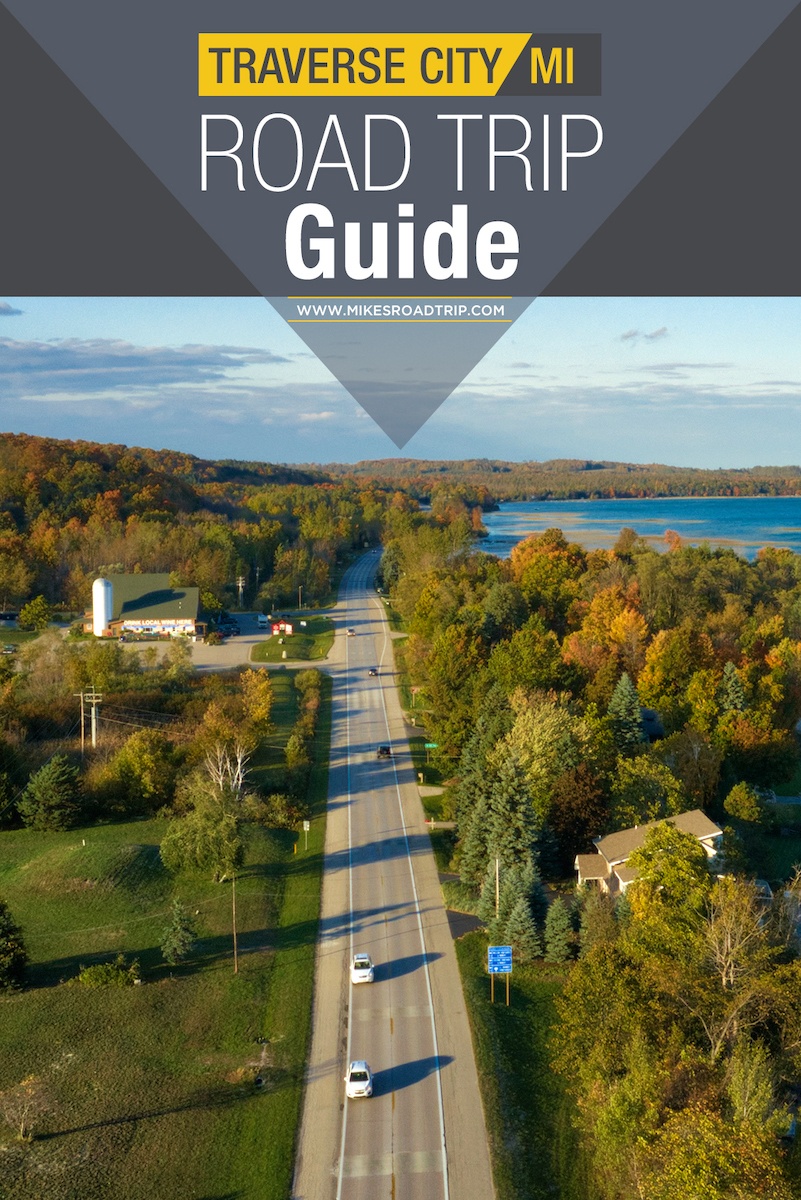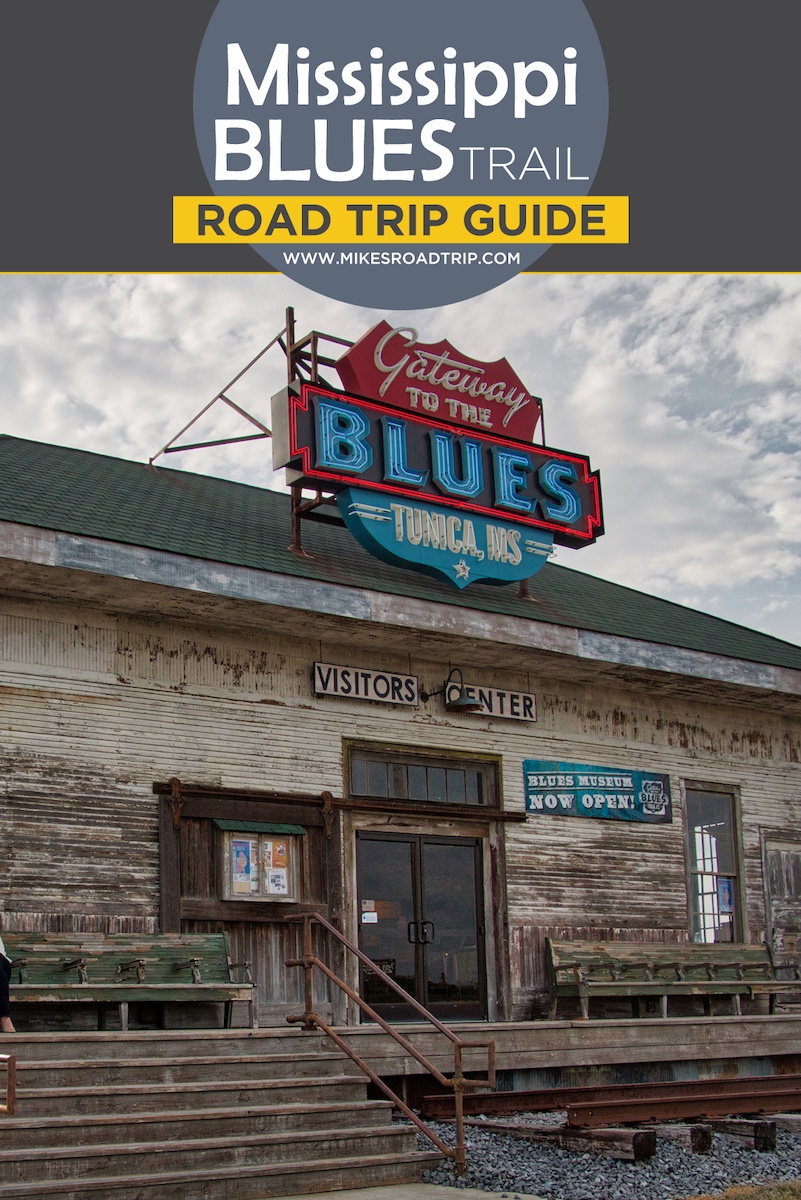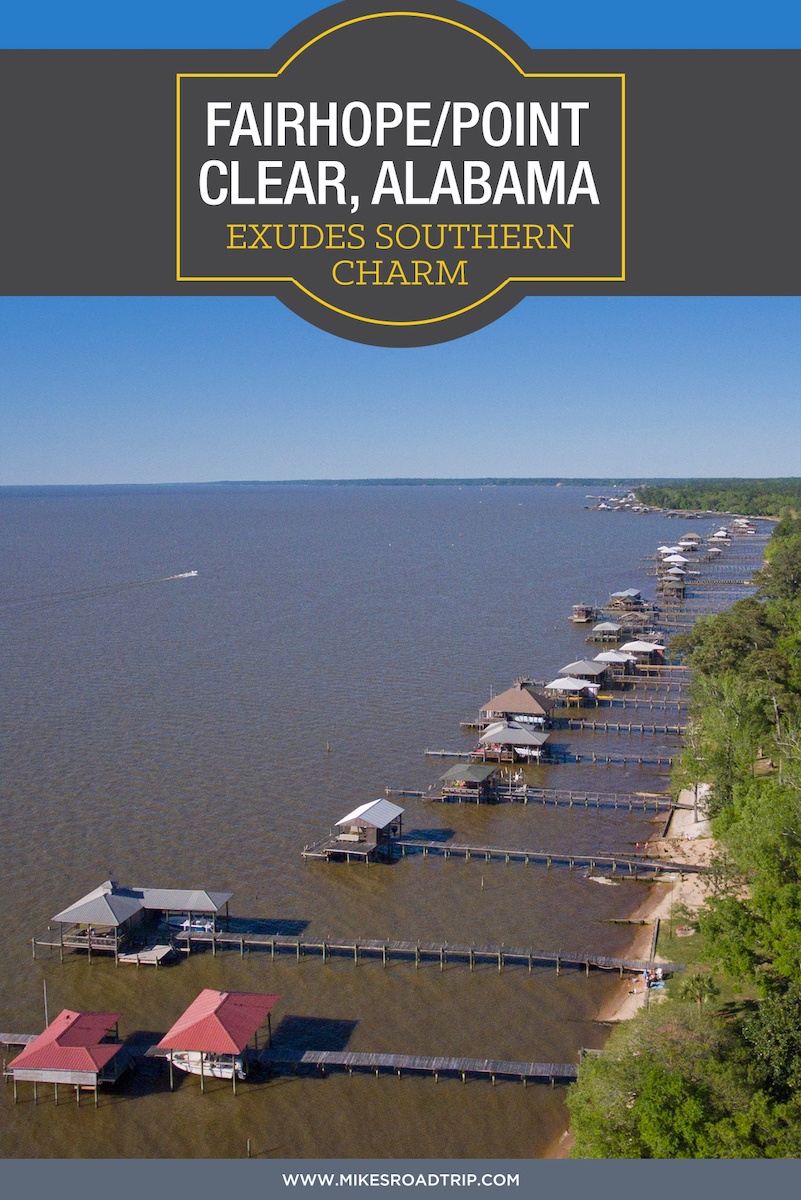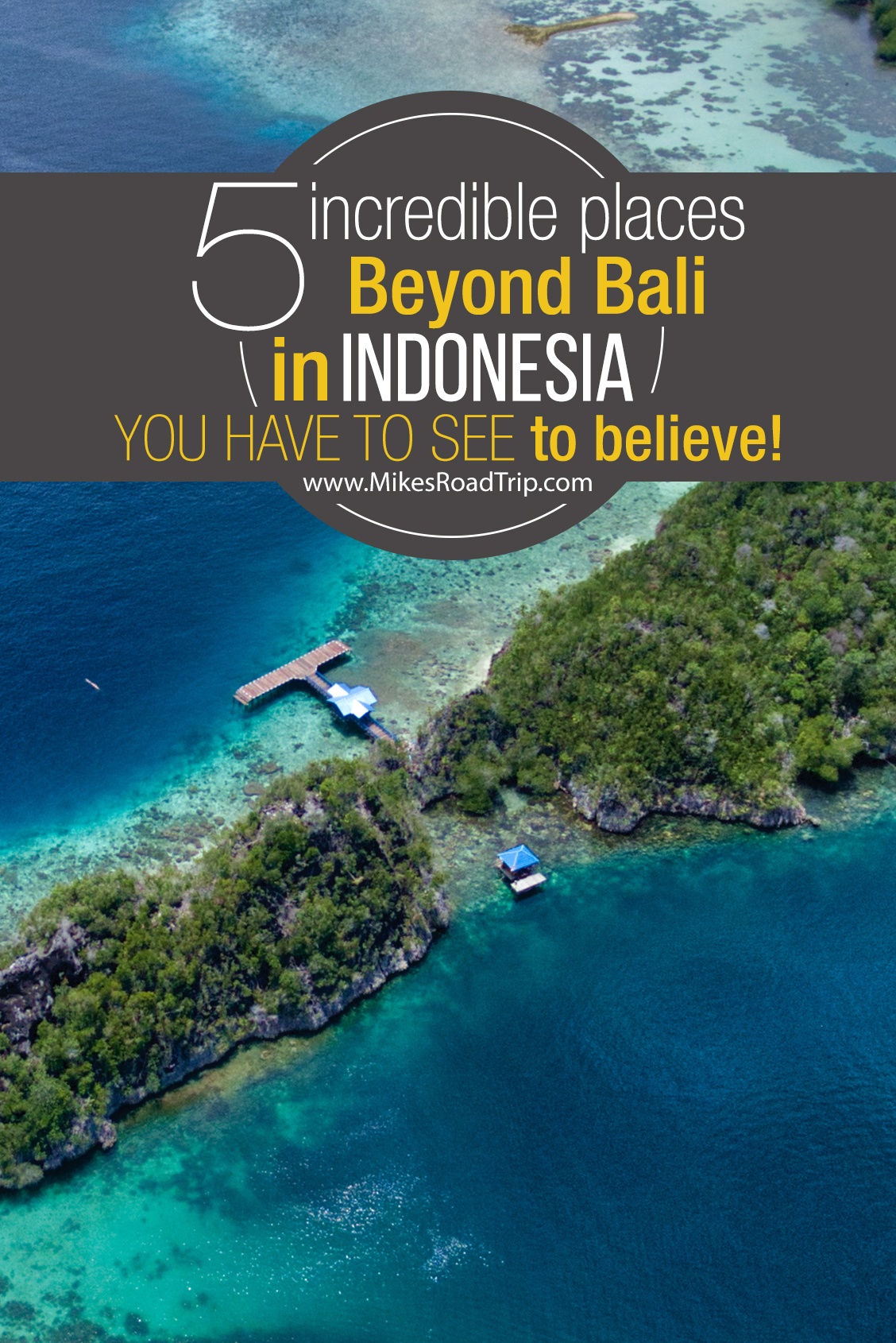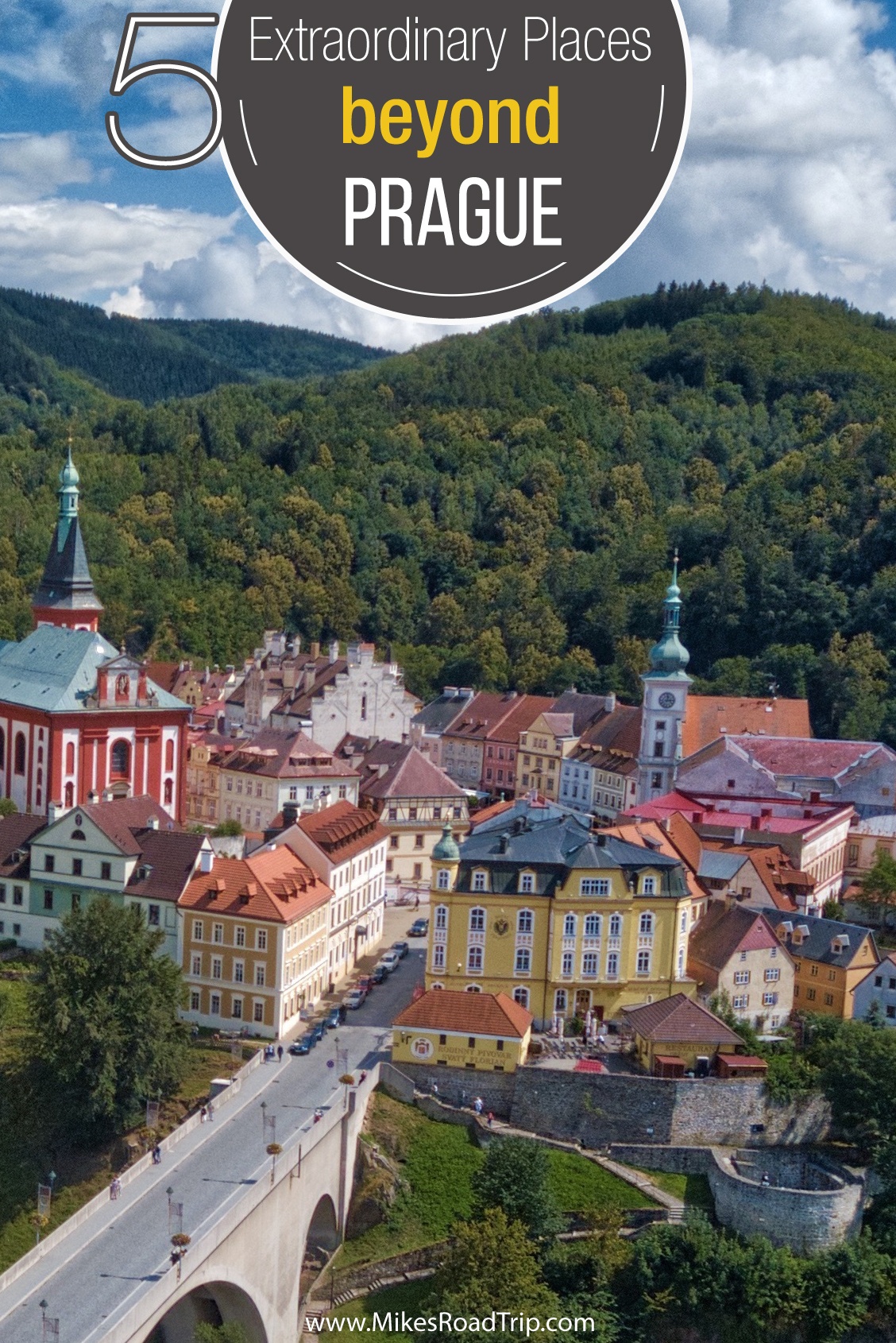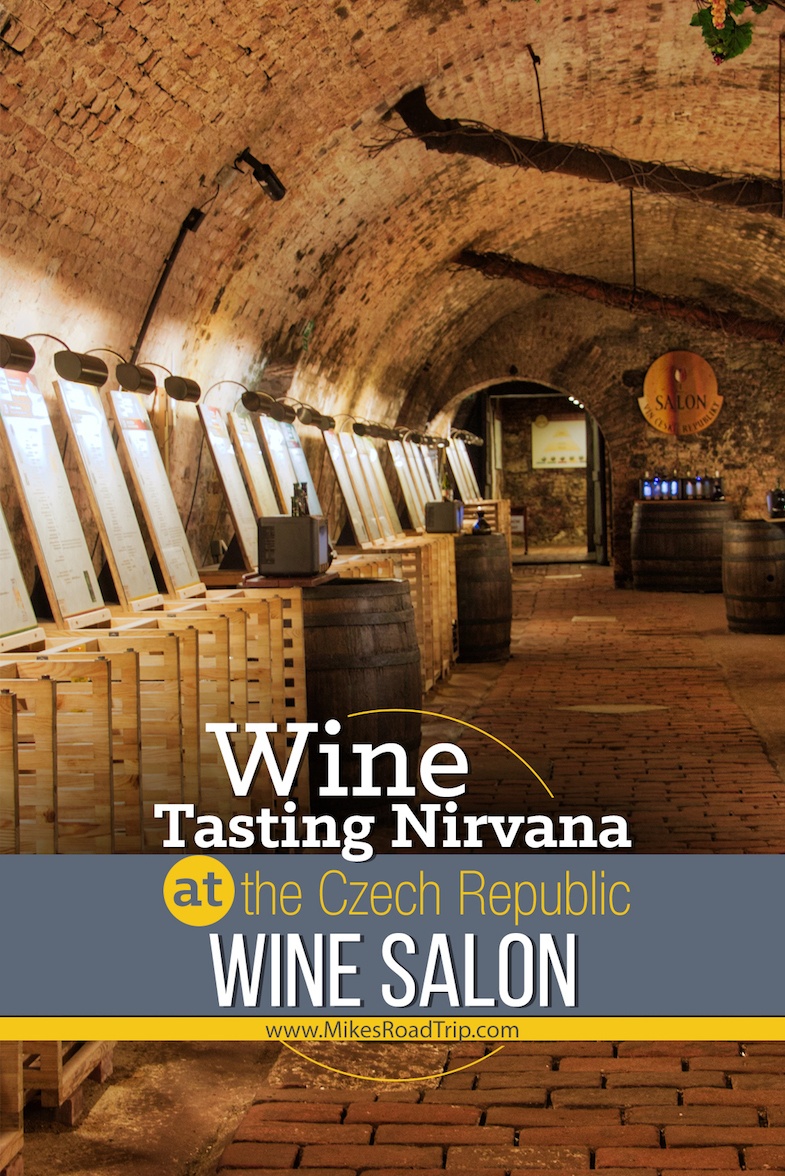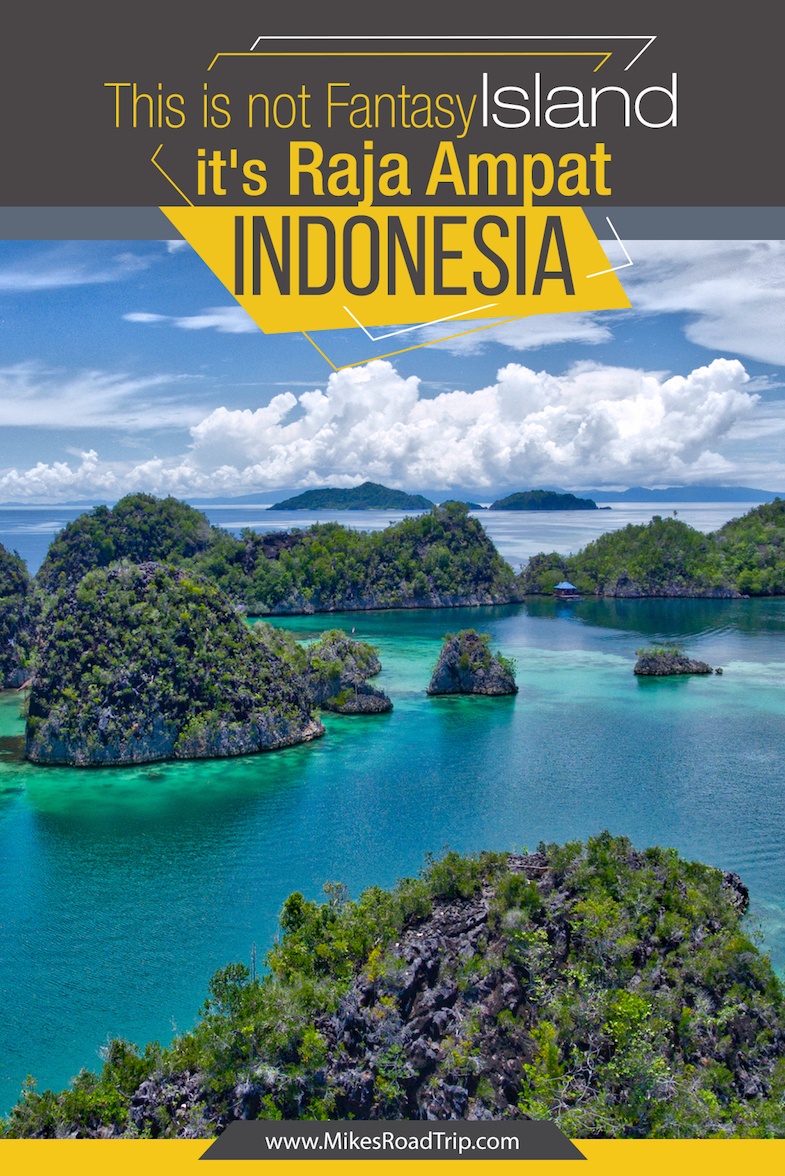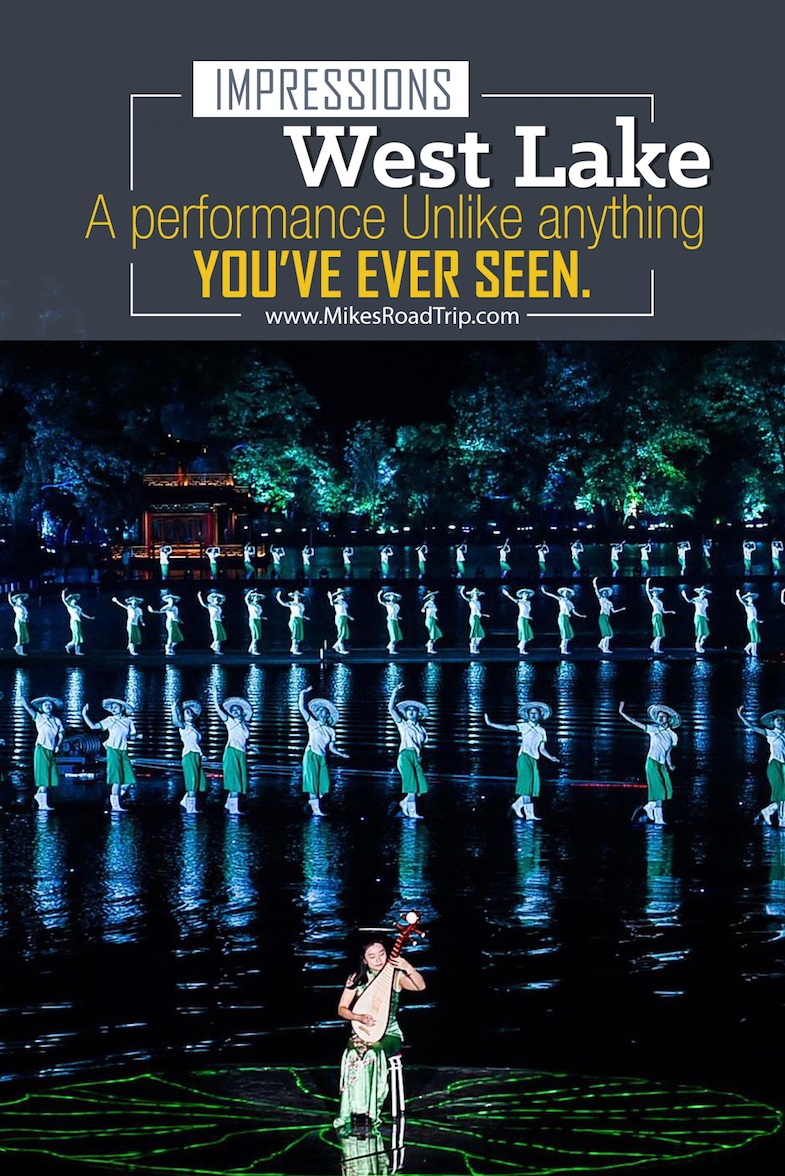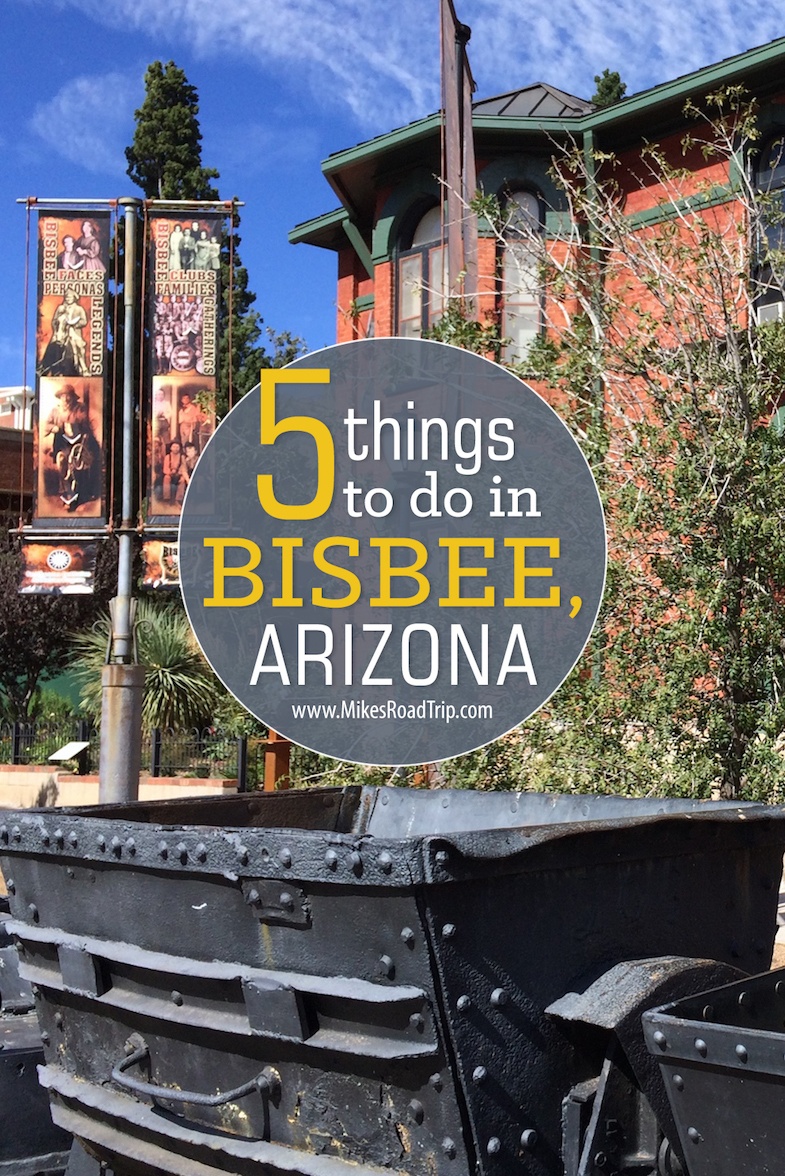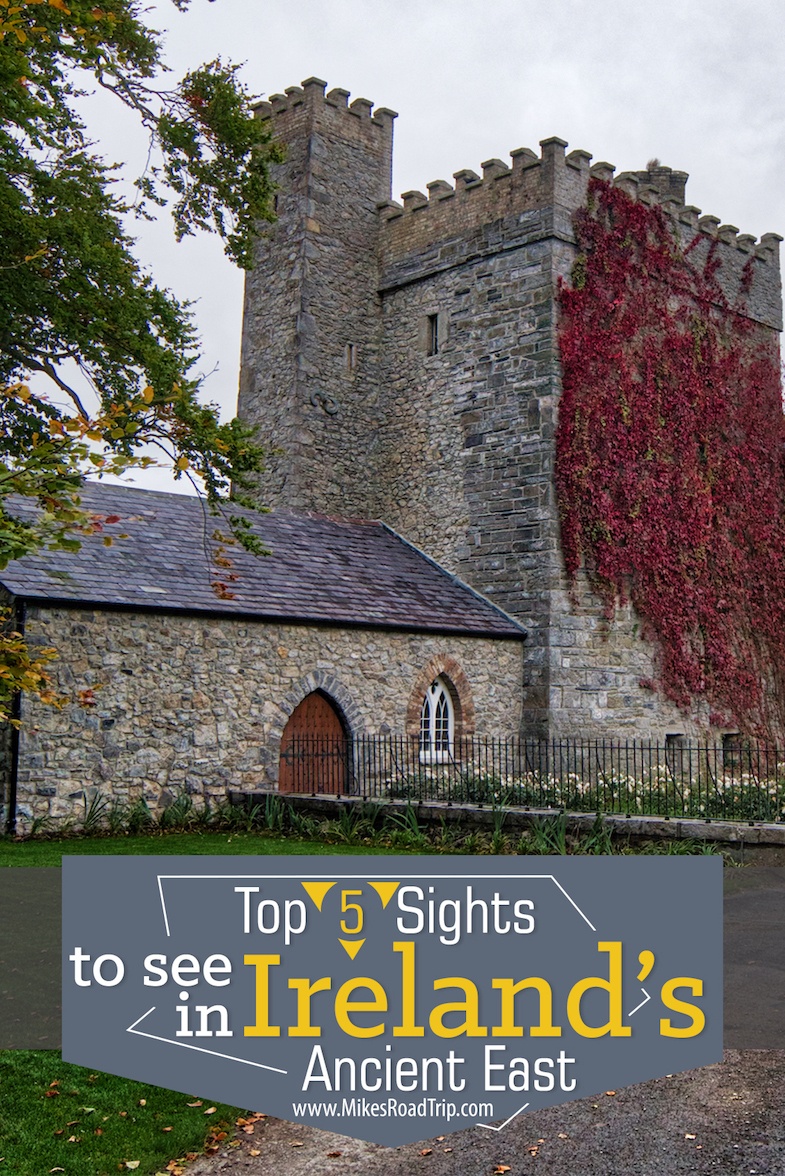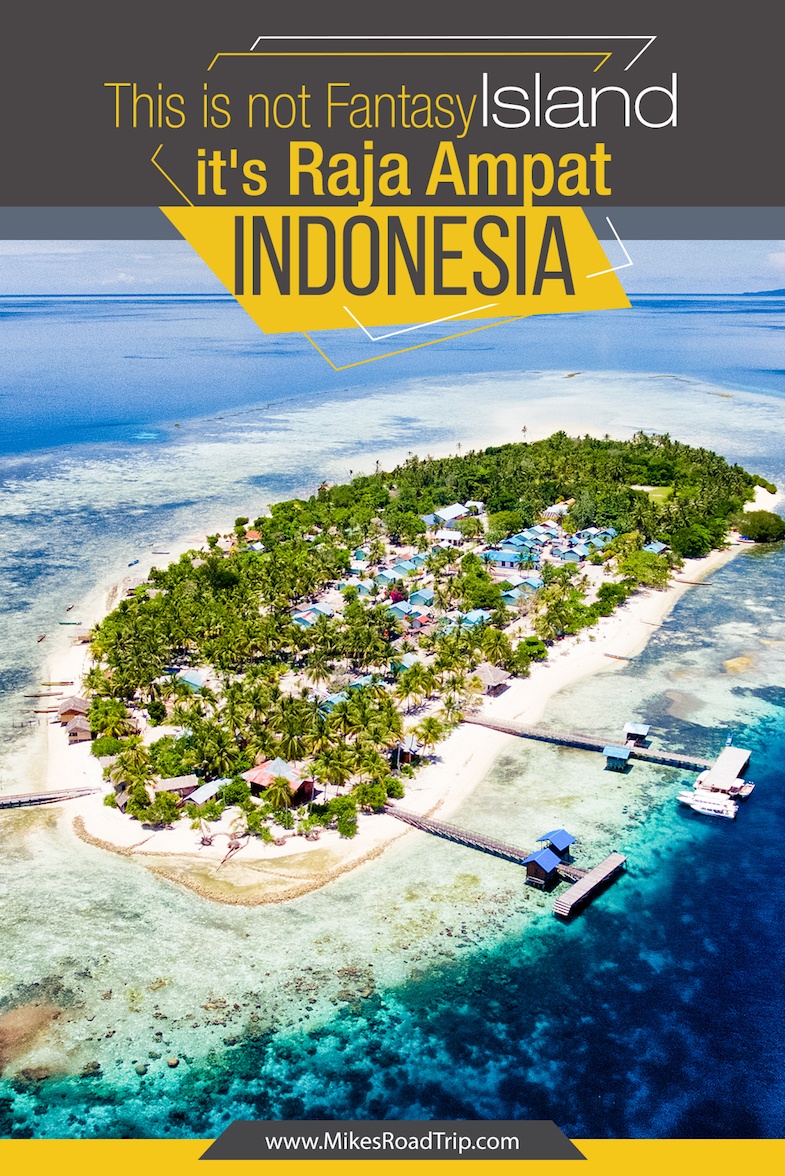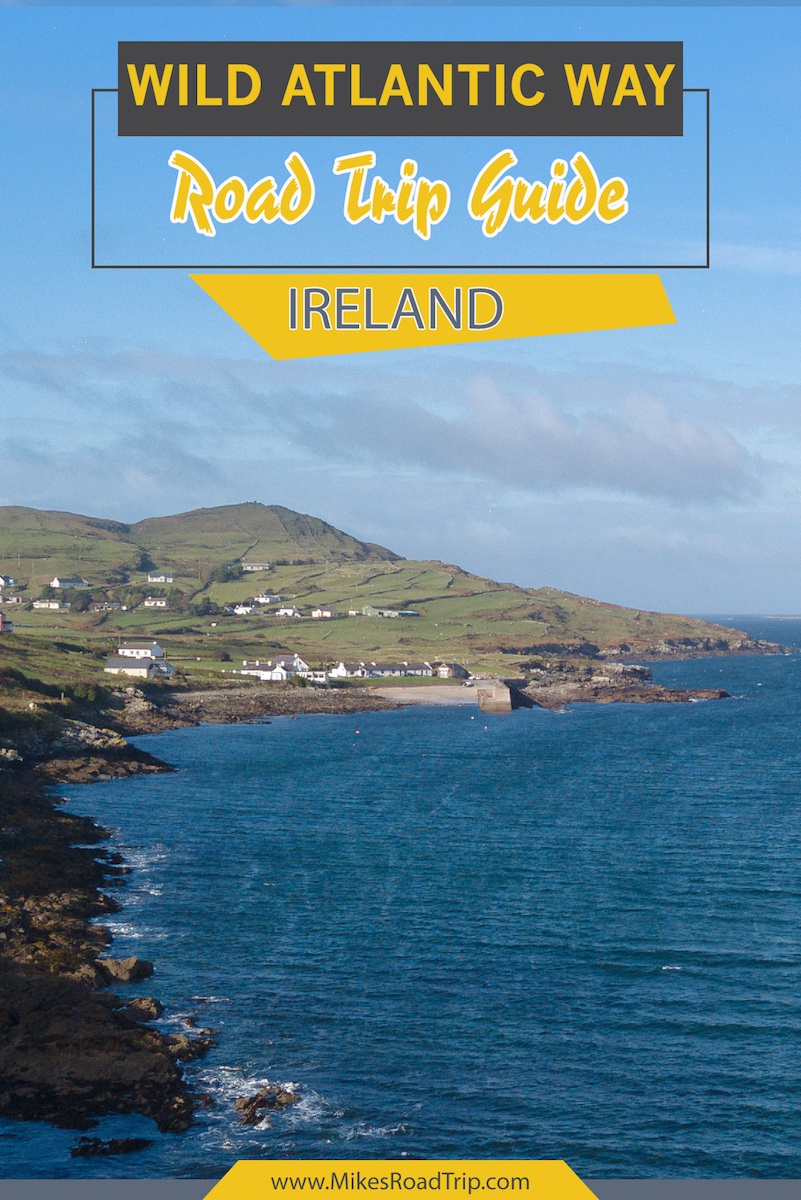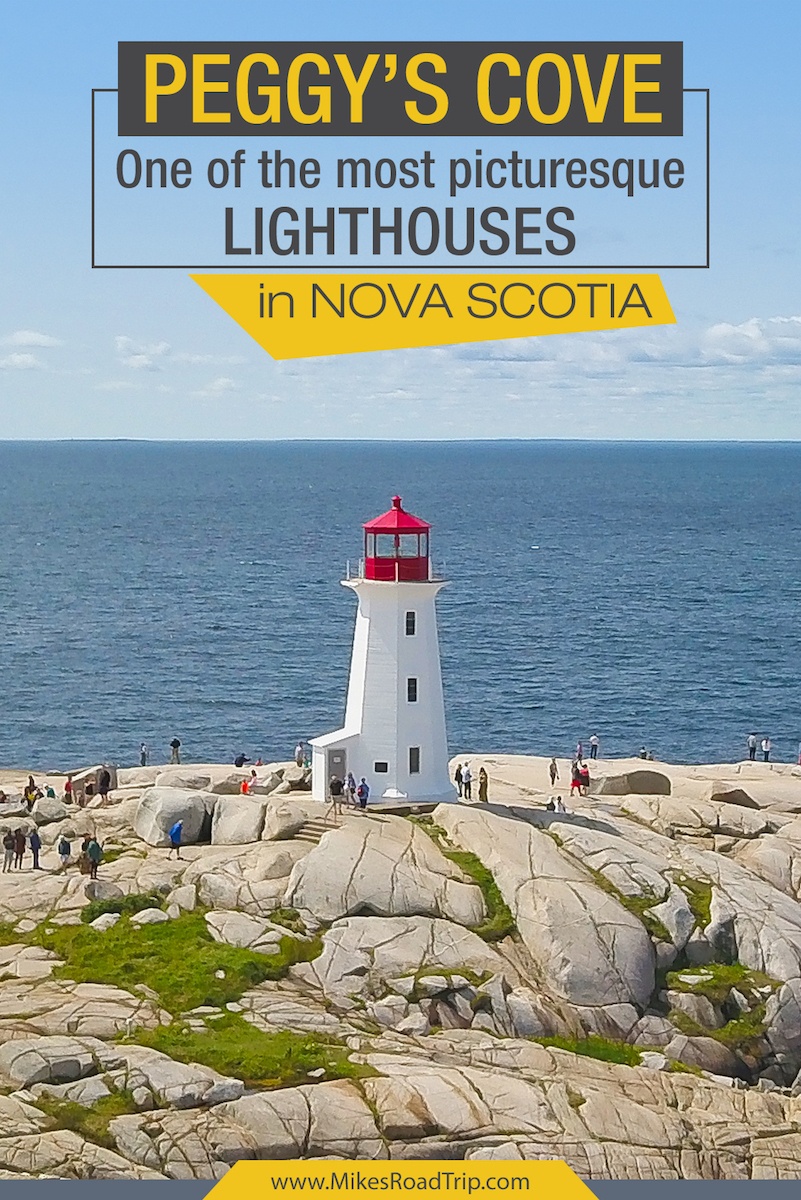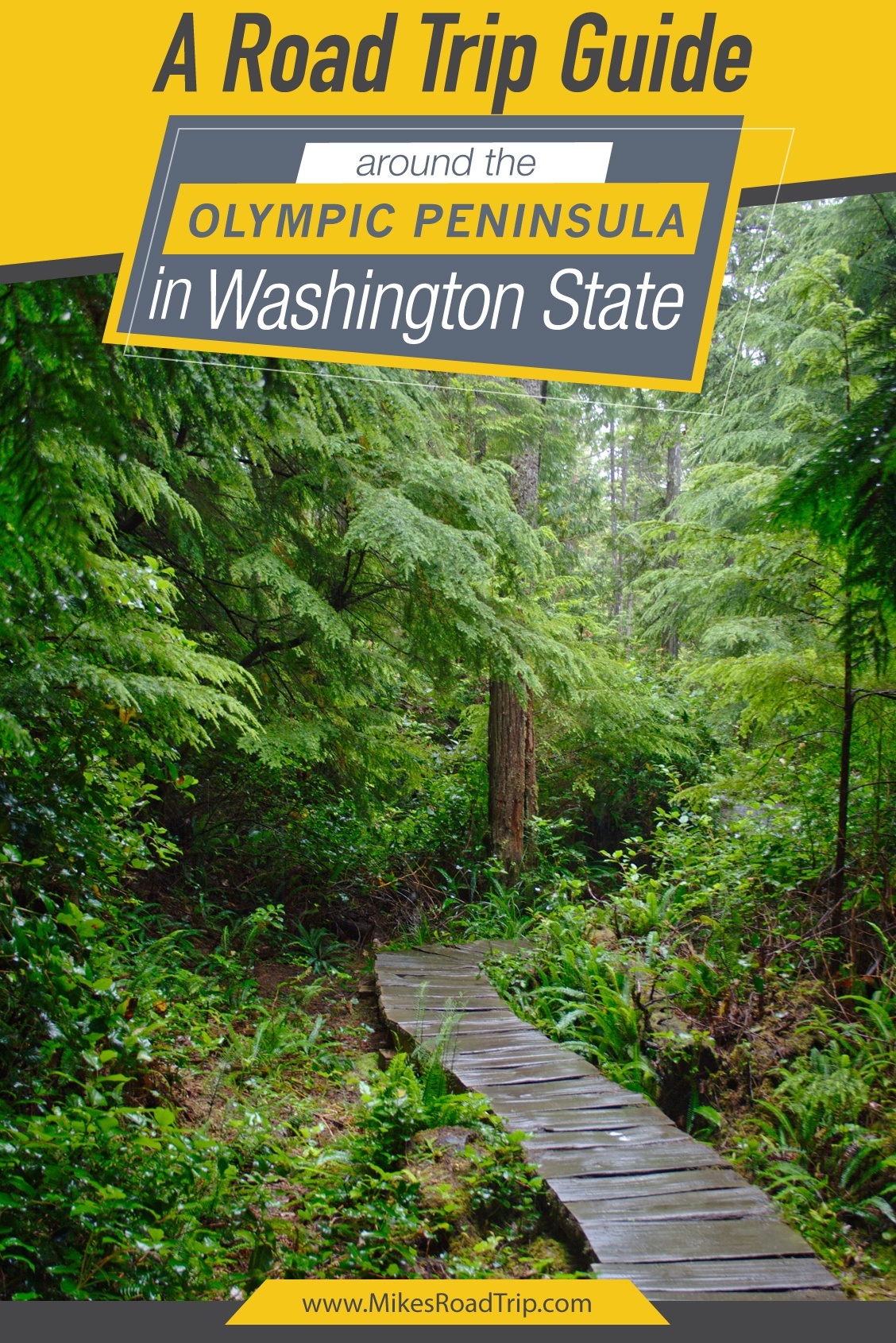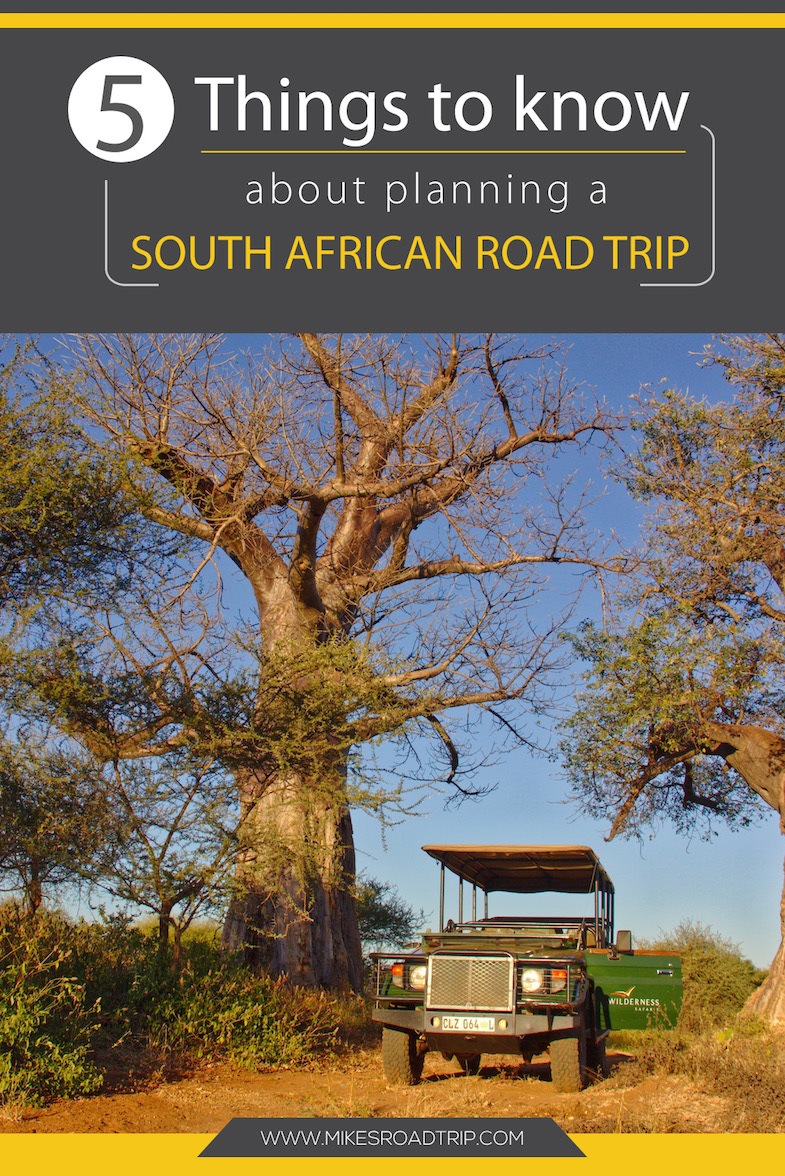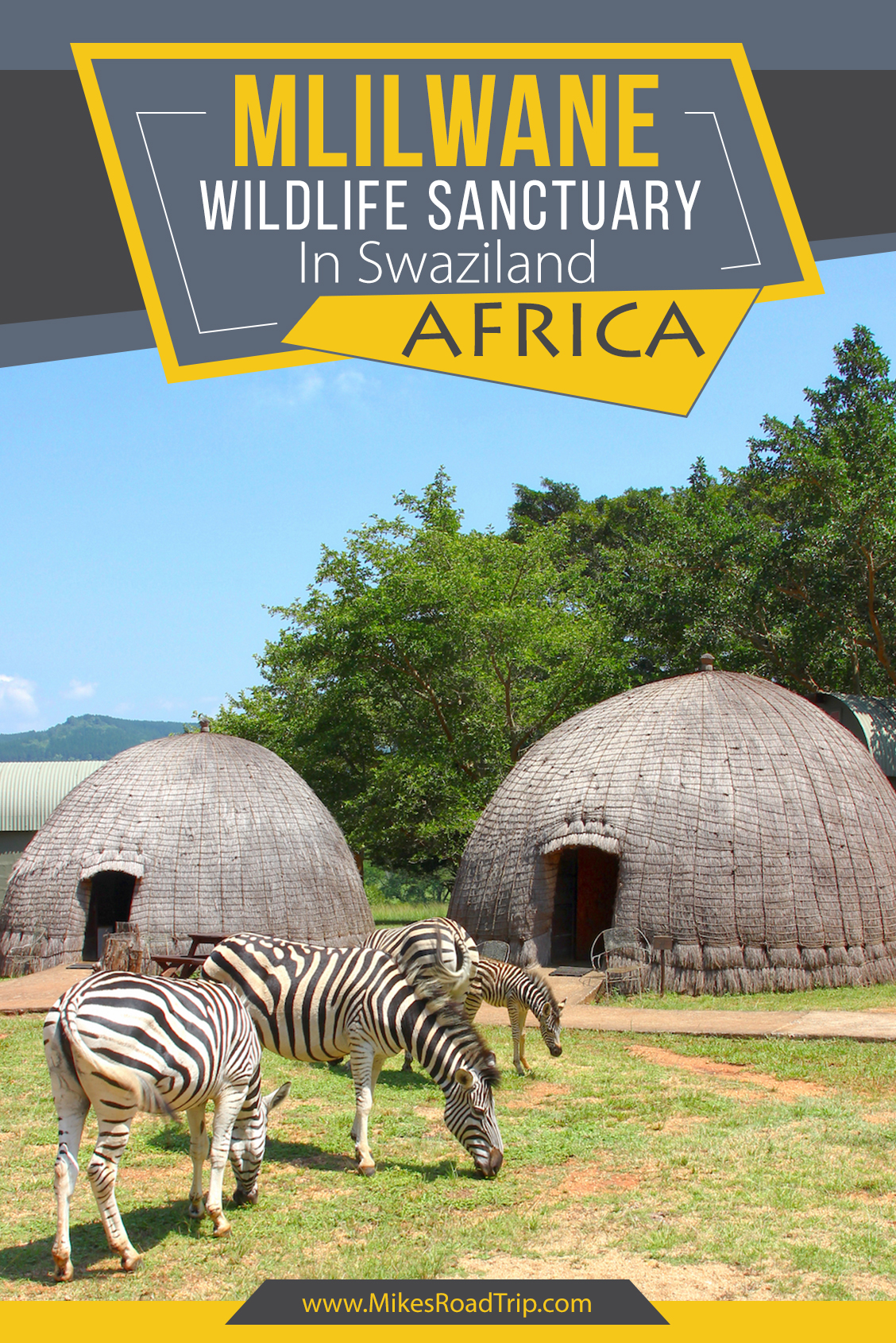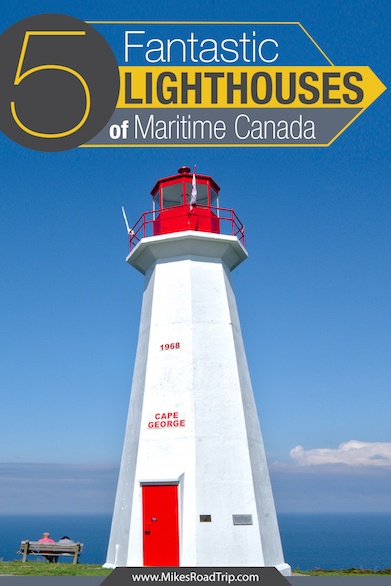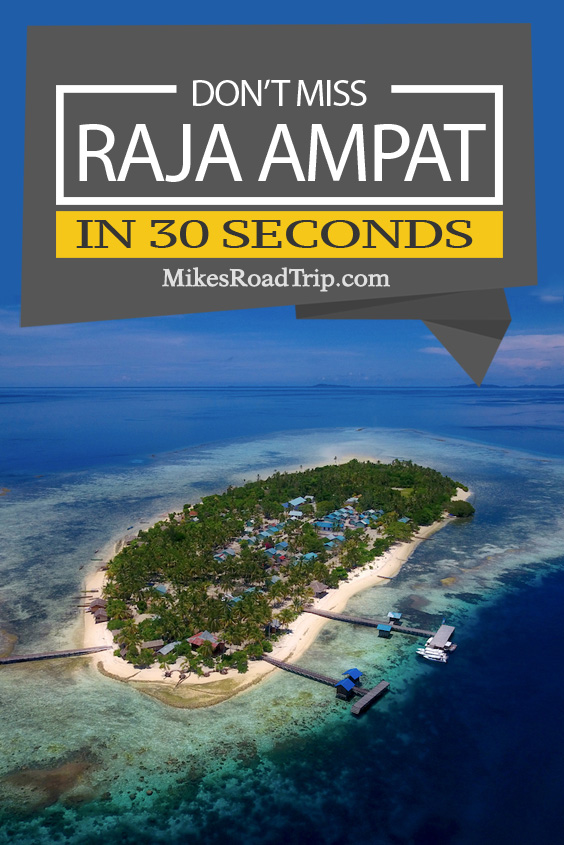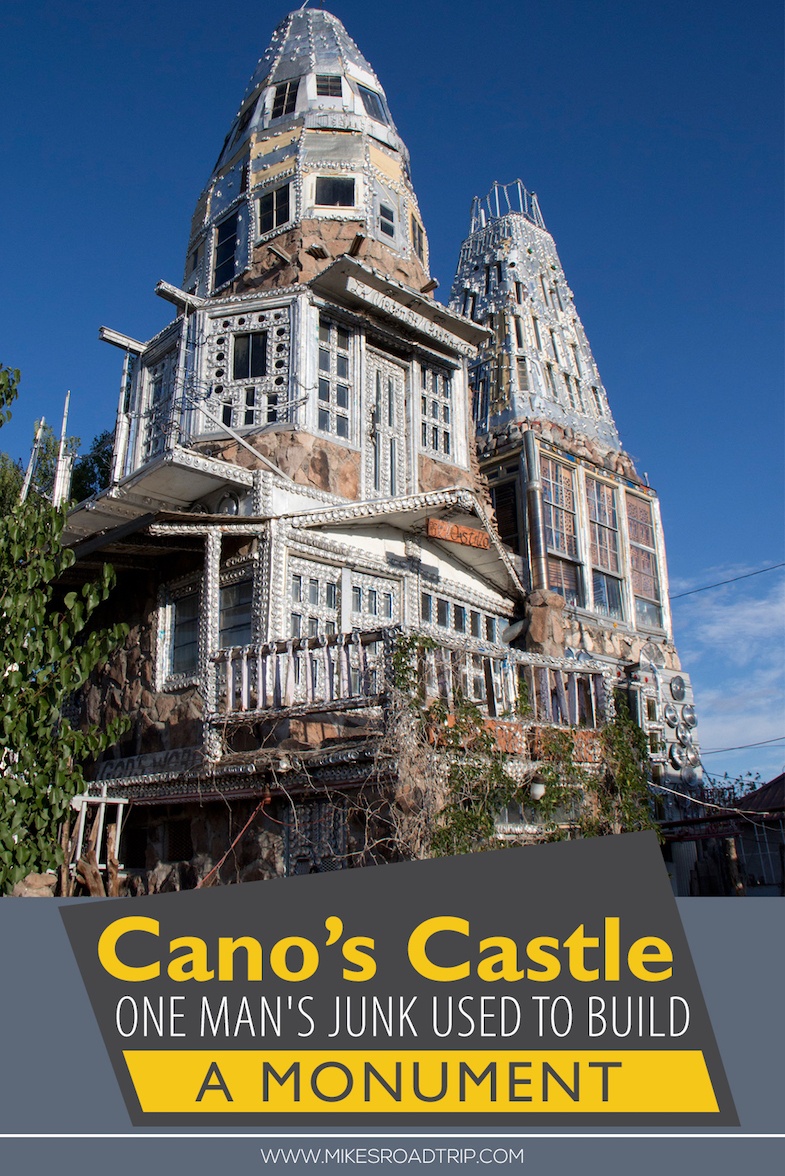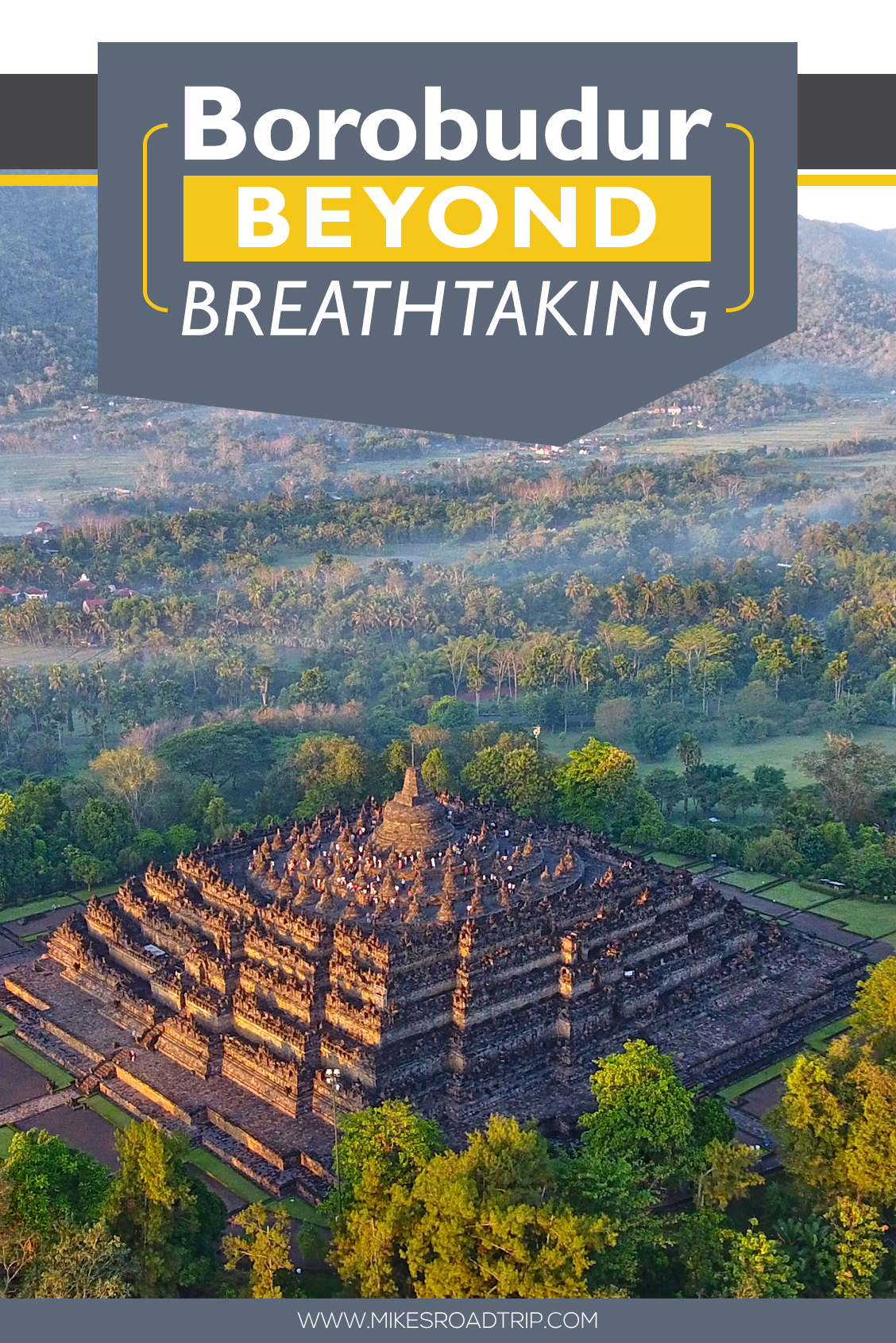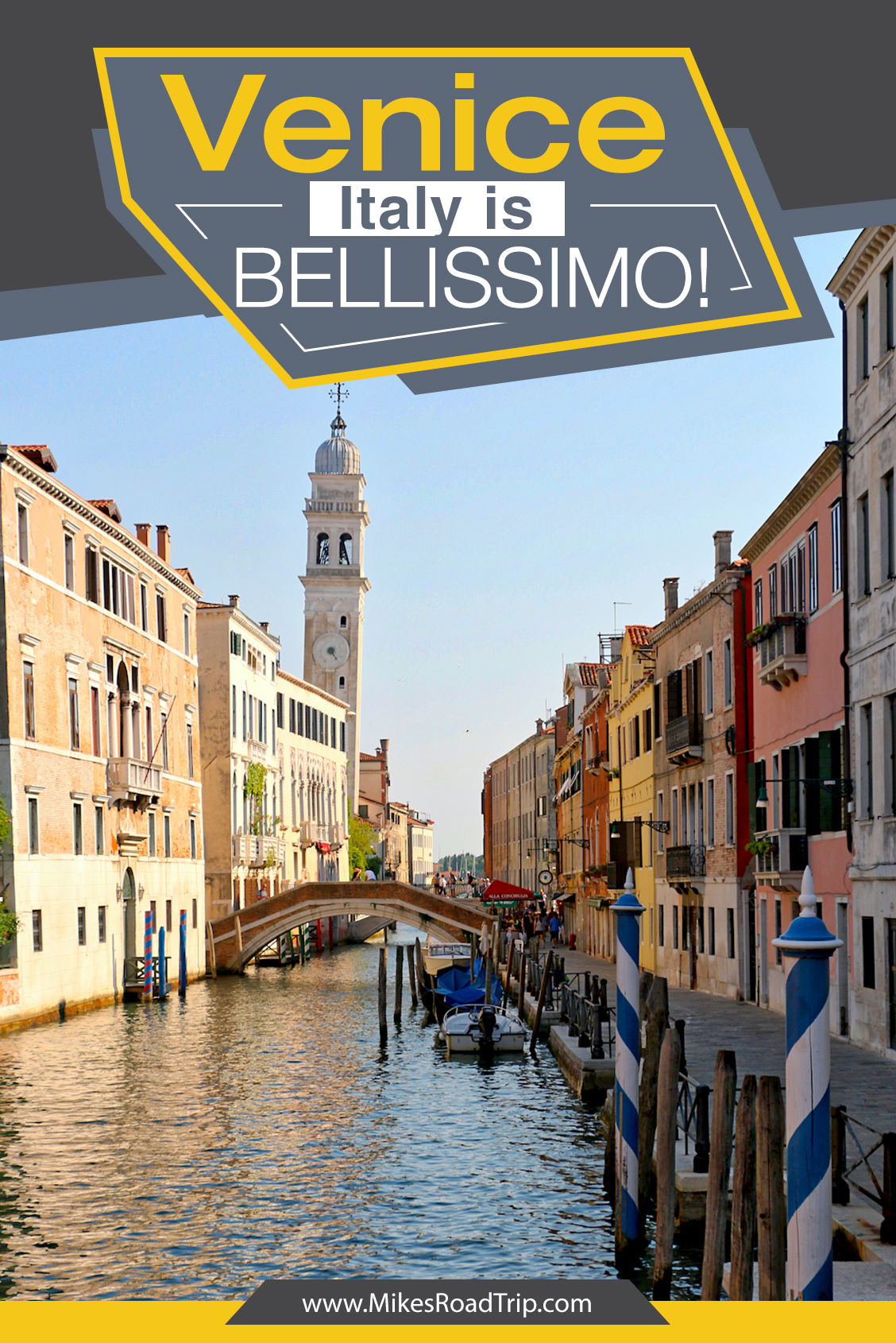Fun Foraging at Fort Flagler
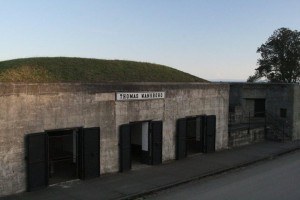 Part of the Harbor Defense of Puget Sound, Fort Flagler, along with Fort Worden and Fort Casey once guarded the entrance to Puget Sound. These posts, established in the late 1890s, became the first line of defense to prevent a hostile fleet from reaching the Bremerton Naval Yard and the city of Seattle.
Part of the Harbor Defense of Puget Sound, Fort Flagler, along with Fort Worden and Fort Casey once guarded the entrance to Puget Sound. These posts, established in the late 1890s, became the first line of defense to prevent a hostile fleet from reaching the Bremerton Naval Yard and the city of Seattle.
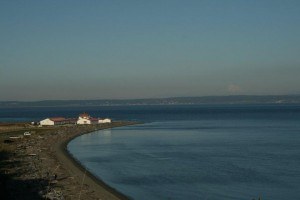 The darkened corridors of these concrete ramparts where massive cannons once roared is a history buff and explorers’ delight. Your mind can’t help but wander when you peer into the long, dark tunnels where the rank & file once labored.
The darkened corridors of these concrete ramparts where massive cannons once roared is a history buff and explorers’ delight. Your mind can’t help but wander when you peer into the long, dark tunnels where the rank & file once labored.
By the 1930s aircraft made the surrounding forts obsolete and were soon turned into state parks. Today, their locations are just as strategic for recreation as they were decades ago for defending the Sound. Fort Flagler offers an expansive beach for wandering and watching the marine life and maritime traffic, as well as the daily rise and fall of the tides. You can camp, picnic, shore-cast for salmon (during season) soak in history by exploring the old batteries, bunkers and observation posts, or simply lounge about aimlessly.
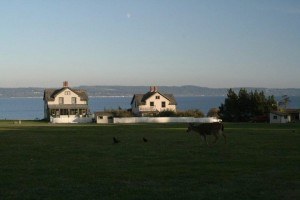 Heavily forested, Fort Flagler is the largest and most natural of the three surrounding forts, encircling the entire northern tip of Marrowstone Island, while encompassing 784 acres. The park includes extensive forests full of deer and miles of shoreline on Admiralty Inlet and the calmer, Port Townsend Bay.
Heavily forested, Fort Flagler is the largest and most natural of the three surrounding forts, encircling the entire northern tip of Marrowstone Island, while encompassing 784 acres. The park includes extensive forests full of deer and miles of shoreline on Admiralty Inlet and the calmer, Port Townsend Bay.
Fort Flagler probably has the best camping of the three forts, with sites on a broad open flat just inland from the eastside beaches, ideal for watching the ebb and flow of the sea and terrific views of the snow-capped Mount Baker. Nestled in the trees on a small bluff nearby is a separate area, terrific for tent camping. Flagler also offer miles of forest paths for hiking or biking.
Click the following link to see more of my pictures of Fort Flagler State Park. And, be sure to check out my video below for a brief overview of the area.



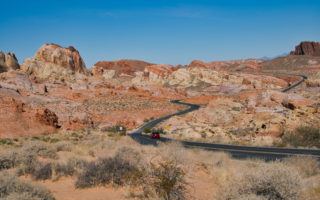
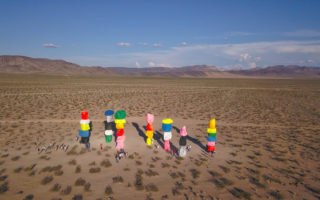
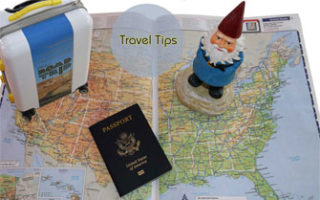

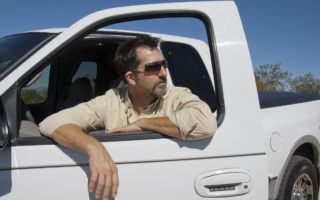
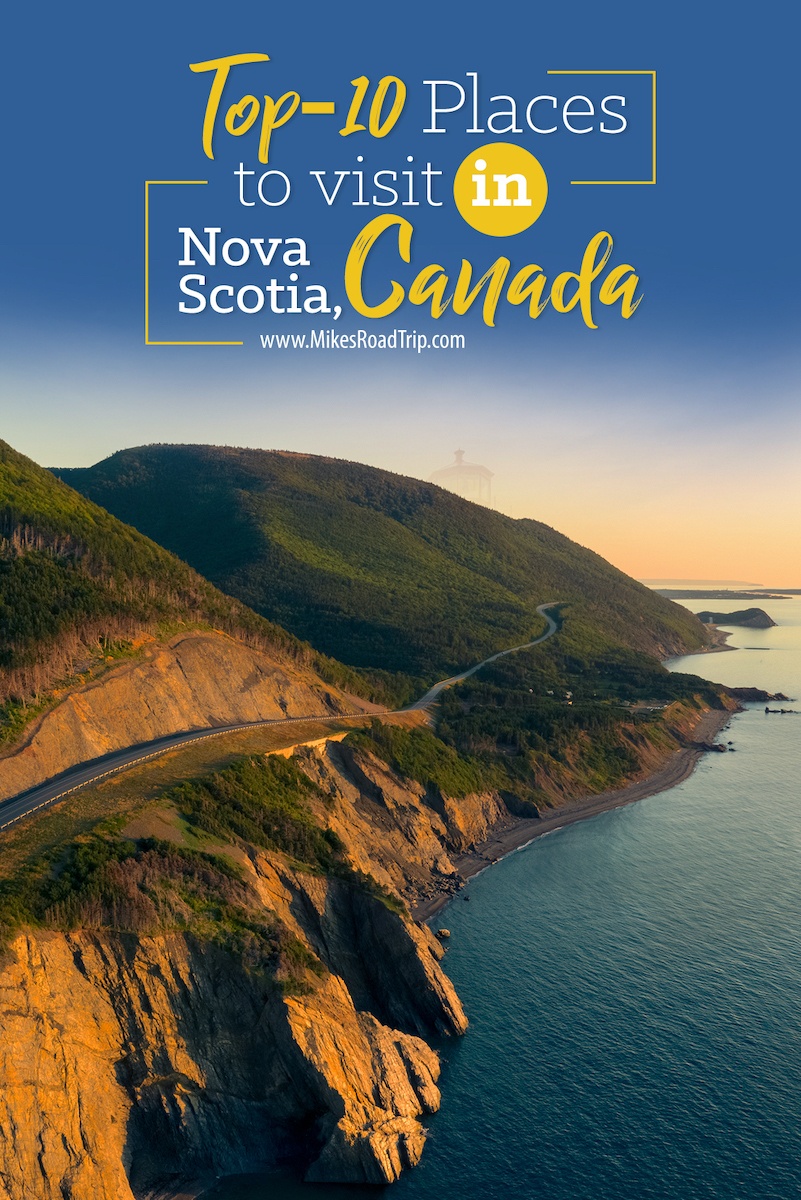
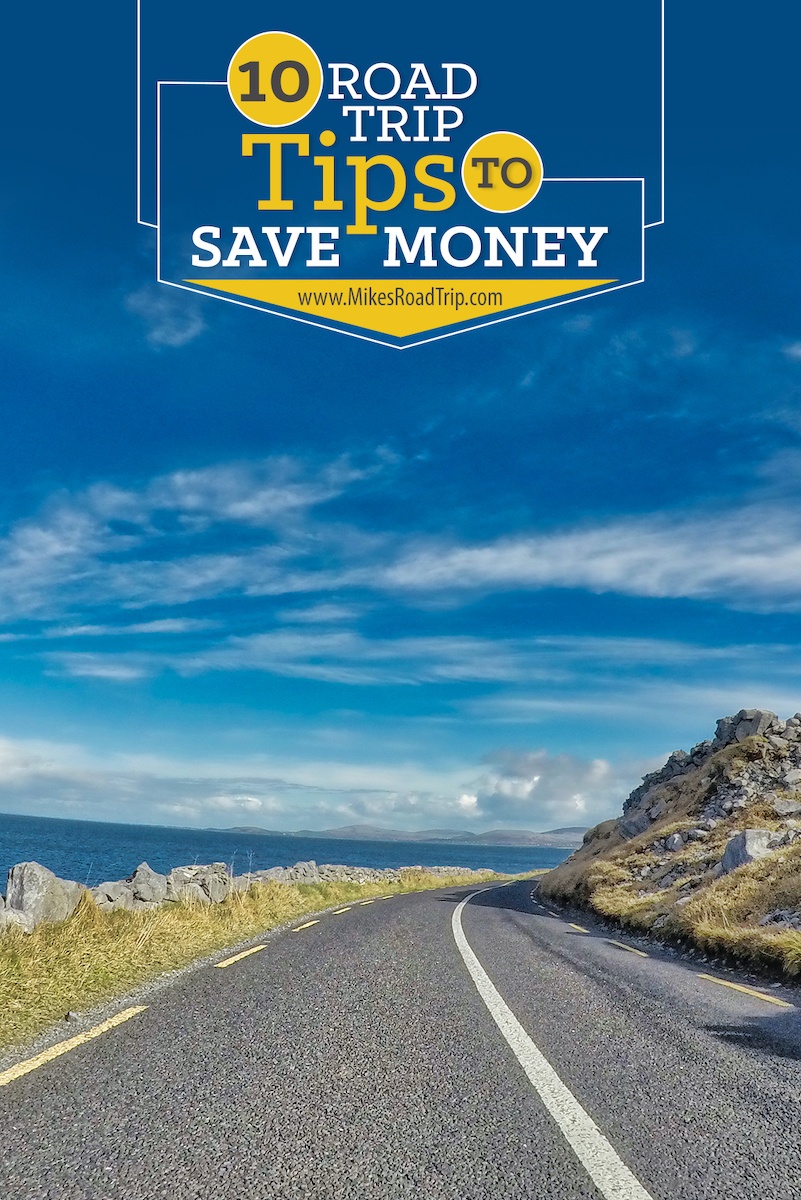
![Top-5 Best Places to visit in Belgium beyond Brussels [video included]](https://mikesroadtrip.com/wp-content/uploads/2020/07/Pin-6b.jpg)
![Top-10 Most Interesting Facts about Arizona [Video Included]](https://mikesroadtrip.com/wp-content/uploads/2020/07/Pin-2.jpg)
